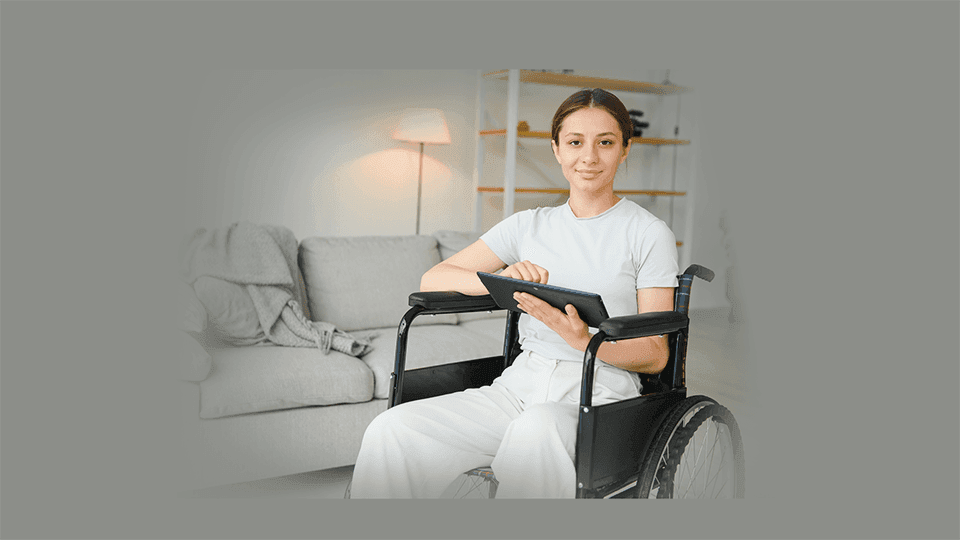
Spinal Cord Injuries: The Impacts, Current and Future Treatments
Looking at treatments with the potential to enhance outcomes for those suffering from spinal cord injuries.

In the United States, there are approximately 17,000 new cases of SCI each year, and roughly 282,000 persons are estimated to be living with SCI.
Males represent the majority of patients with SCI related to a sports injury. The age group with the highest risk of SCI is from 16 to 30 years of age.
Within the US, the leading cause of SCI is motor vehicle collisions, constituting 38% of new SCI each year, while 30% are due to falls, 13% are due to violence, 9% are from sports injuries and 5% are from medical and surgical etiologies.
A Spinal Cord Injury is catastrophic. When a Spinal Cord Injury occurs a permanent scar, called the Glial scar, forms in the spinal cord at the site of the injury in a short period of time after the accident. This Glial scar is permanent and blocks neural signals from the brain travelling down the spinal cord below the point of injury, halting and severely disrupting normal body function and causing numerous profound, severe and in some cases potentially fatal complications.
Damage to any part of the spinal cord or nerves can cause temporary or permanent changes in sensation, movement, strength and body functions below the site of injury. Symptoms of a SCI include:
- Numbness, tingling, or a loss of or changes in sensation in hands and feet.
- Paralysis that may happen immediately or develop over time due to swelling and bleeding.
- Pain or pressure in the head, neck, or back.
- Loss of movement.
- Weakness or inability to move any part of the body.
- Unnatural positions of the spine or head.
- Loss of bladder and bowel control.
- Problems with walking.
- Difficulty breathing.
- Changes in sexual function.
Traumatic SCI can be classified by two types: complete and incomplete.
- A complete injury occurs when there is no nerve communication below the injury site and sensory and motor function below this site is lost.
- An incomplete injury occurs when the spinal cord is still able to transmit some messages to or from the brain.
There is no cure for a SCI, treatments currently being used today are not effective at treating the injury site Glial scar or returning bodily function, they are more concerned with patient survival initially and adapting to the impacts of the injury such as paralysis thereafter:
Although there is no cure for a SCI, there are many treatments currently being used today:
Immediate Treatment
- Immediate treatment for a spinal cord injury is critical to minimize the effects of head or neck trauma. Because of this, treatment of the injury often begins at the site of the accident scene. Immobilizing the spine is done quickly and gently by using a rigid neck collar and carrying board for transport to the hospital. Treatment at the hospital may include emergency surgery, to remove fragments of bones, foreign objects, herniated disks or fractured vertebrae that could be compressing the spine.
Long-term Treatment
- Rehabilitation begins in the early stages of recovery and typically includes physical and occupational therapy, a rehabilitation psychologist, a dietitian and a physiatrist that specializes in SCI.
- Neuroprotection prevents cell death and protects surviving nerve cells from further damage; repair and regeneration, which encourages the spinal cord’s intrinsic ability to self-repair and stimulates the regrowth of nerve cell projections.
- Cell-based therapies replace damaged nerve or support cells with other cell types, including stem cells.
- Neuroplasticity trains the central nervous system circuits to restore body functions and form new nerve connections and pathways. The spinal cord is capable of making adaptive changes and improvement.
Looking ahead
These treatments along with newer technologies, may provide people with spinal cord injuries the possibility to lead very productive and rewarding lives. And now, there is an exciting new treatment on the horizon.
In this month’s issue, we introduce NeuroSolv Therapeutics, a Belfast, Northern Ireland and Baltimore, USA based ethical business which has developed and patented Perineline™, a two-part, non-surgical therapy to treat spinal cord injury based upon Neural Signaling Interventions and direct treatment of the Glial scar. The Glial scar is left in the spinal cord after injury, blocking the neural signals to the body. Visit https://www.neurosolvtherapeutics.com for more information.
To learn more NeuroSolv Therapeutics Perineline™ treatment, click here.